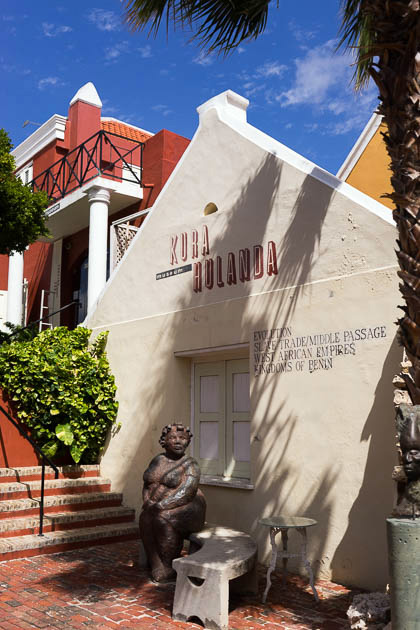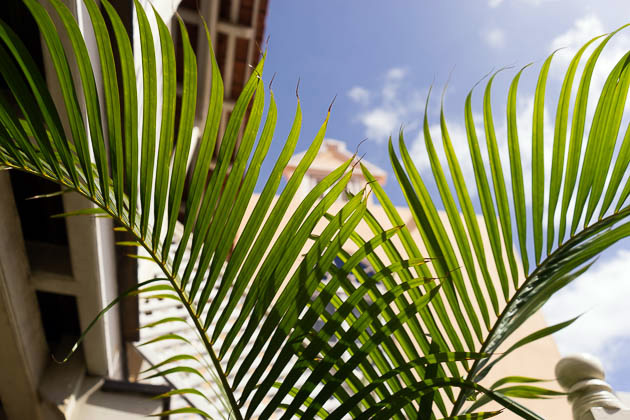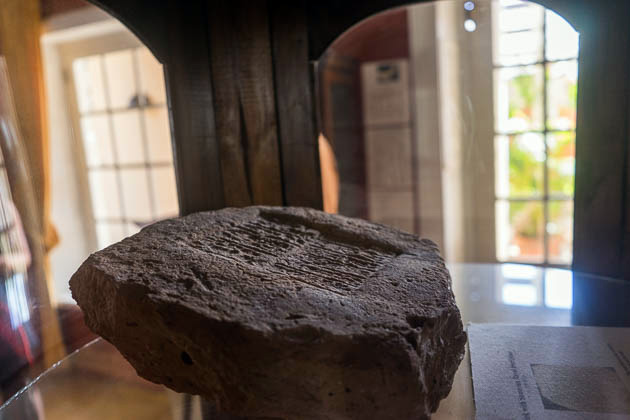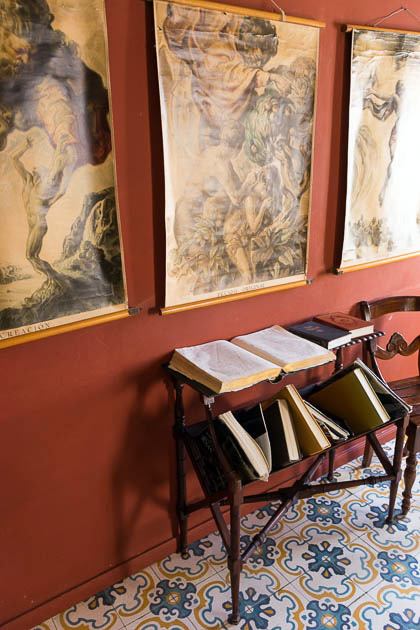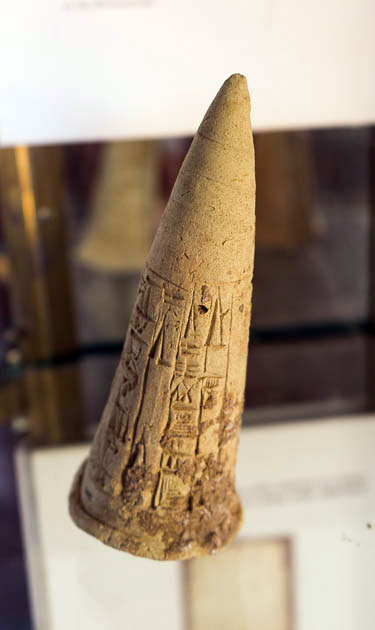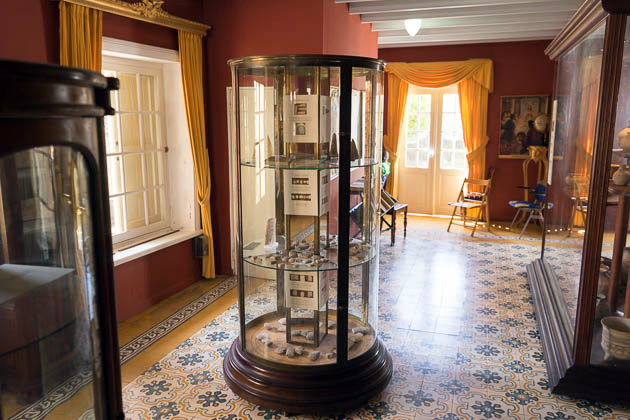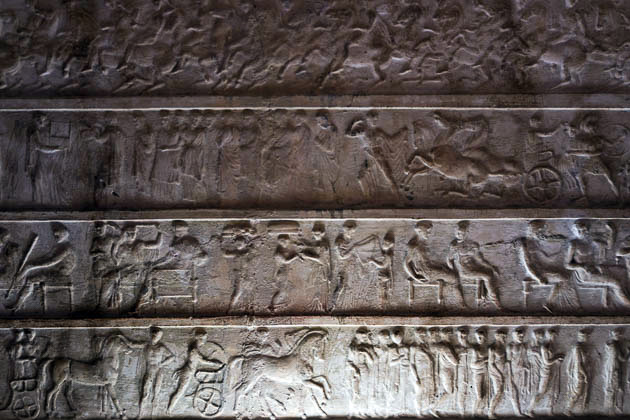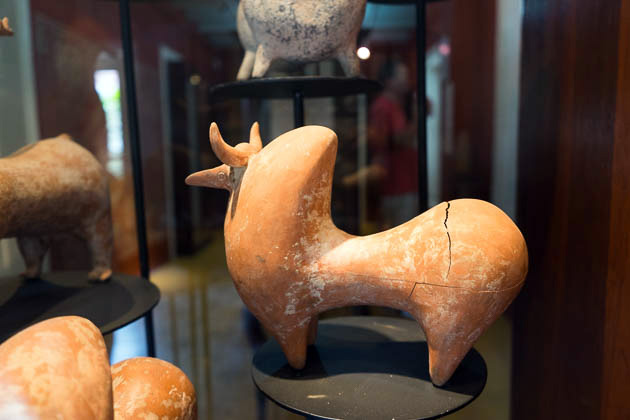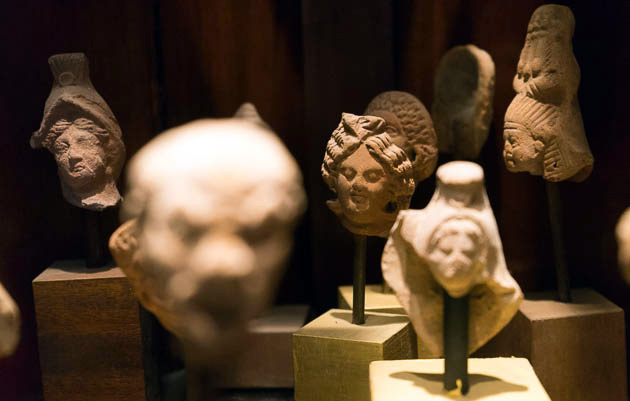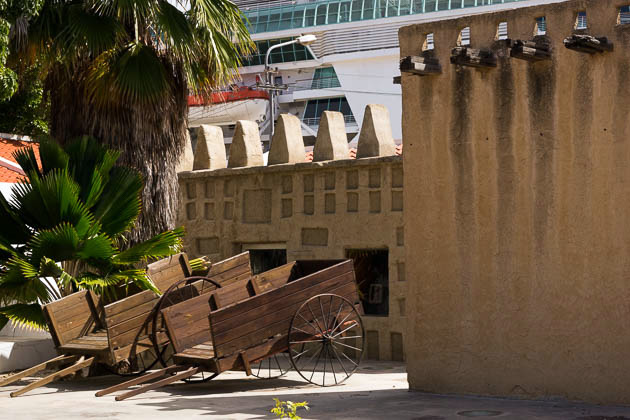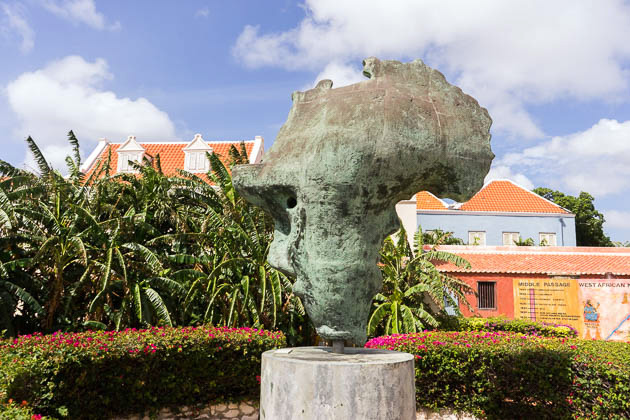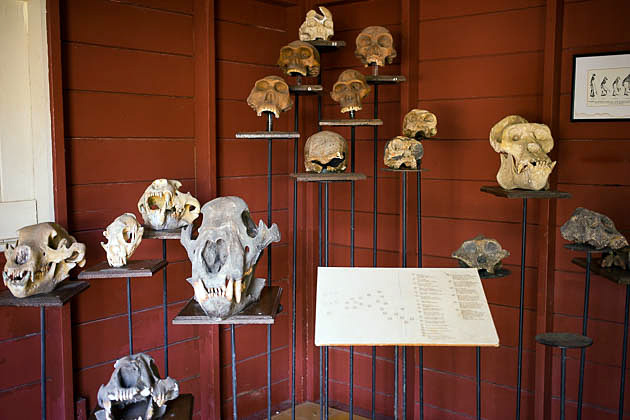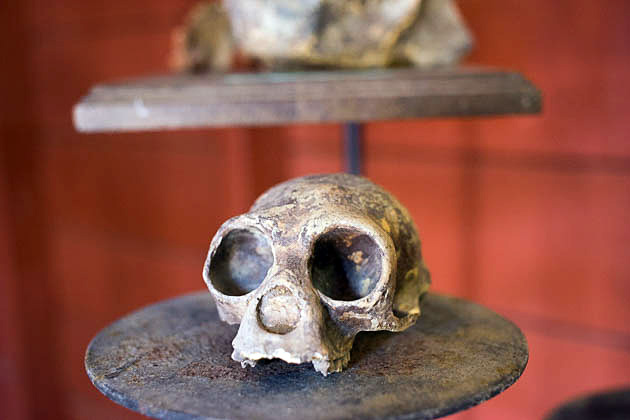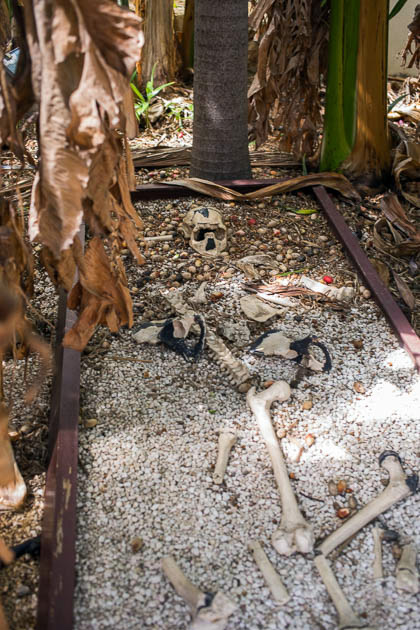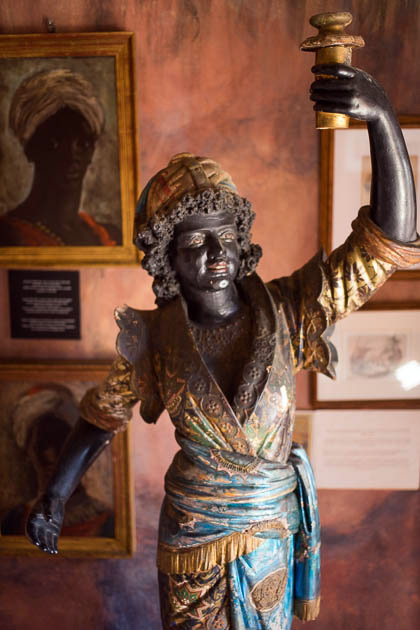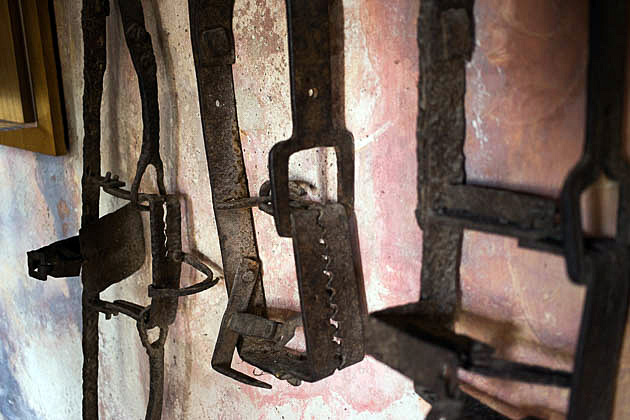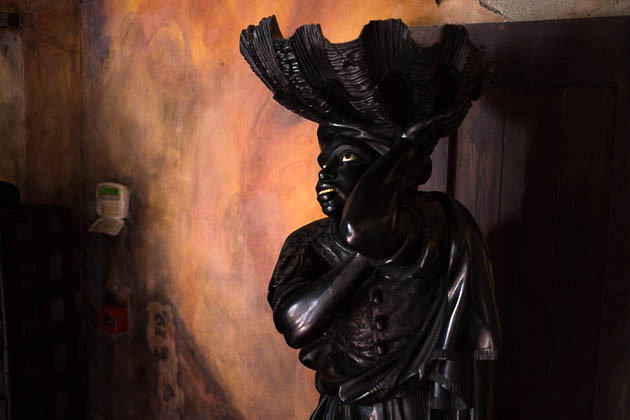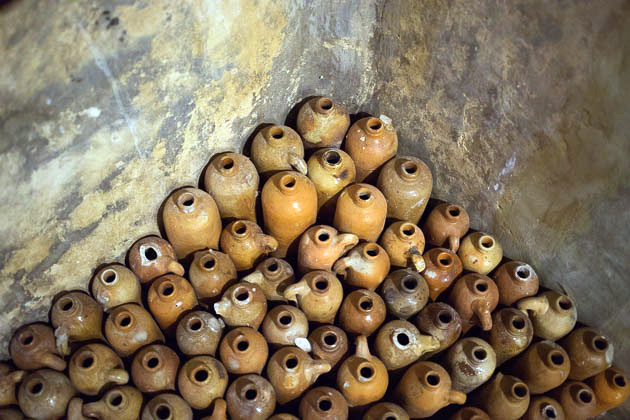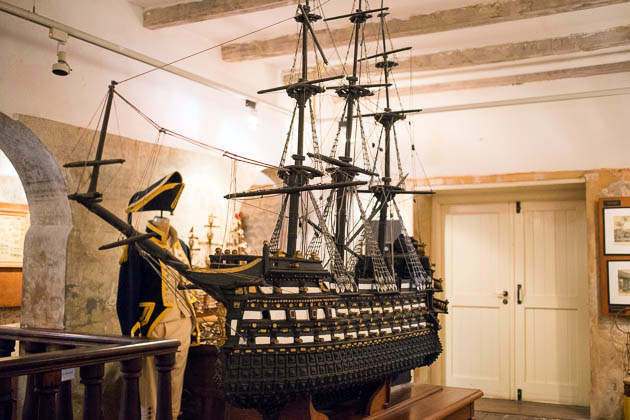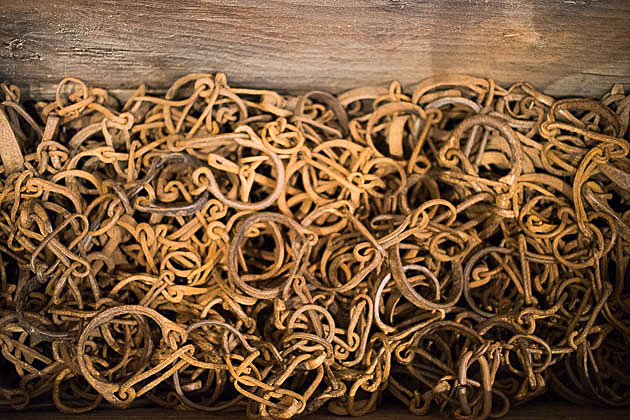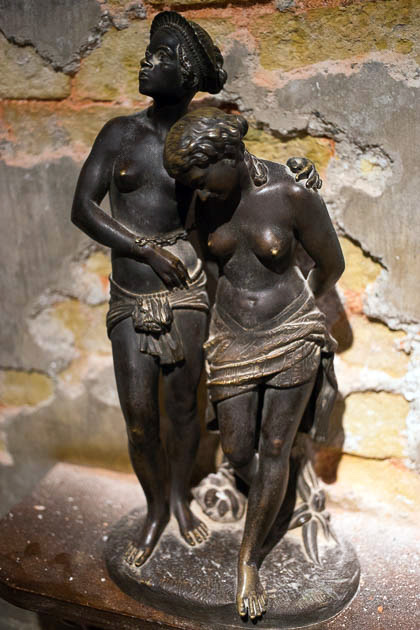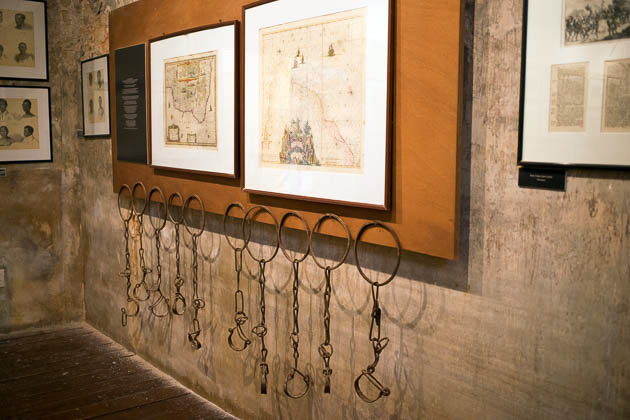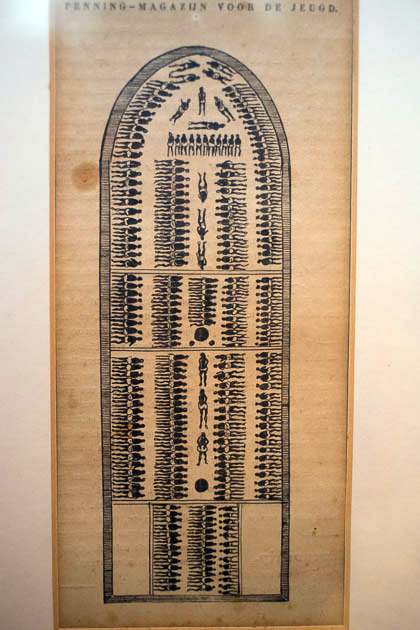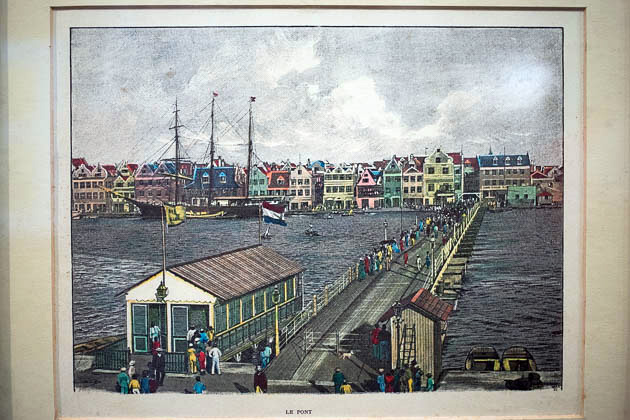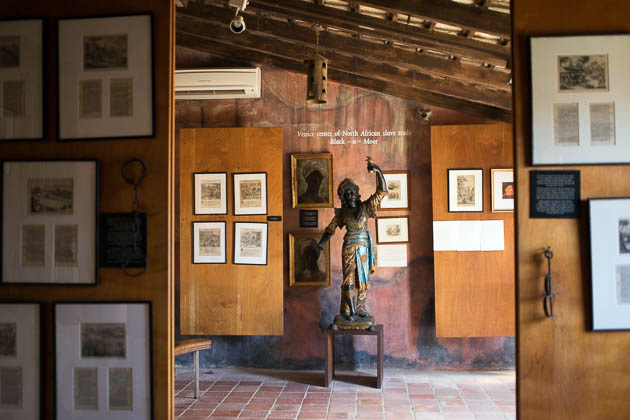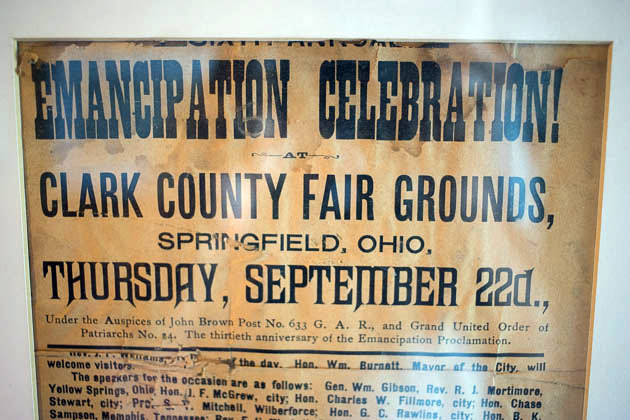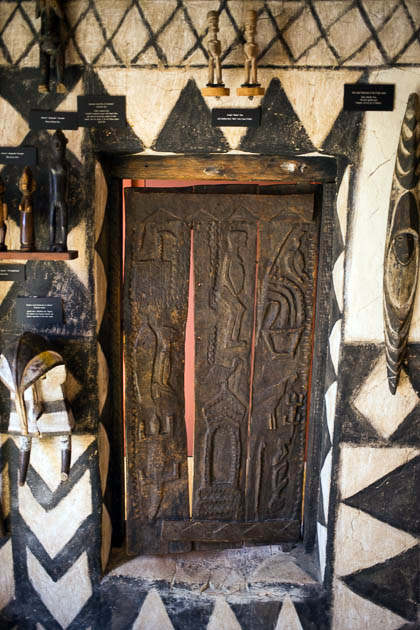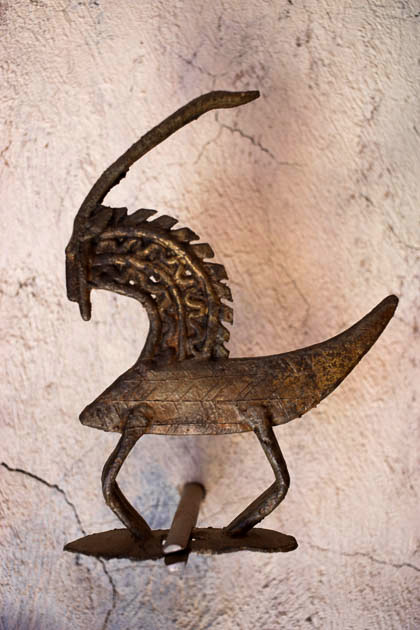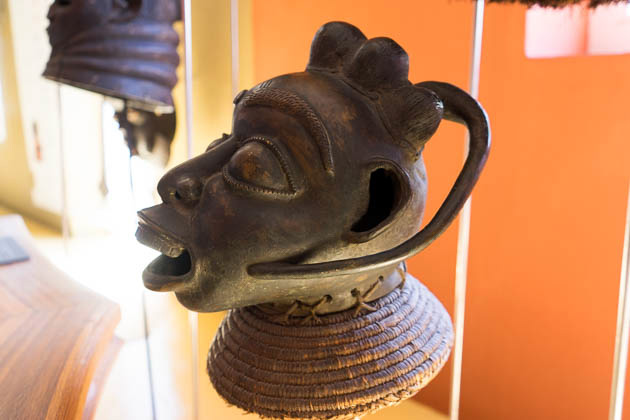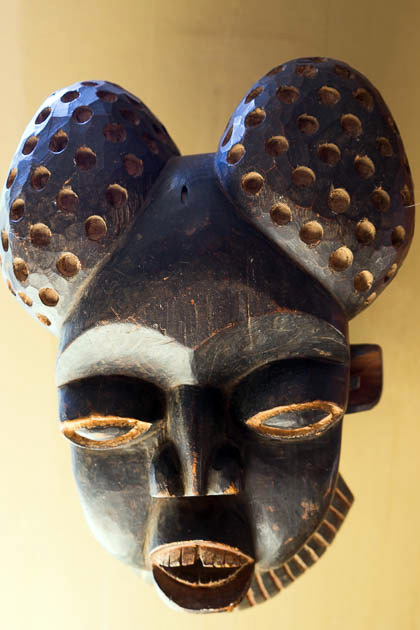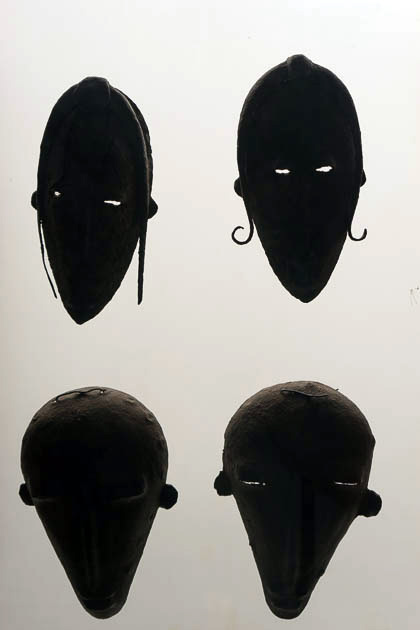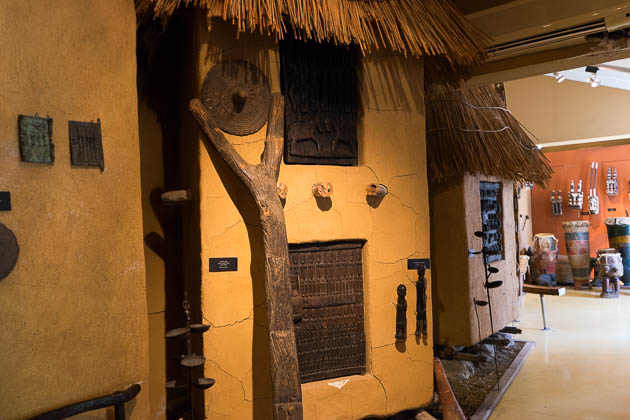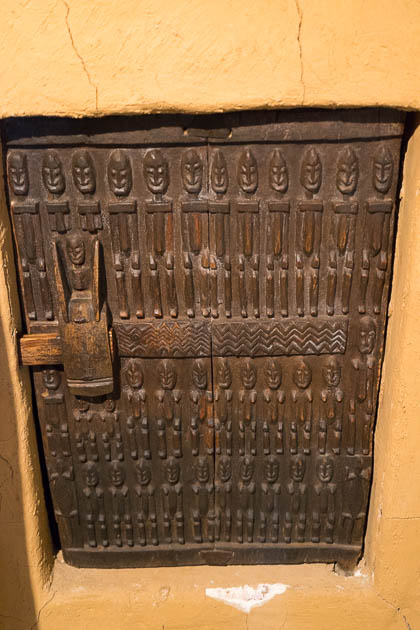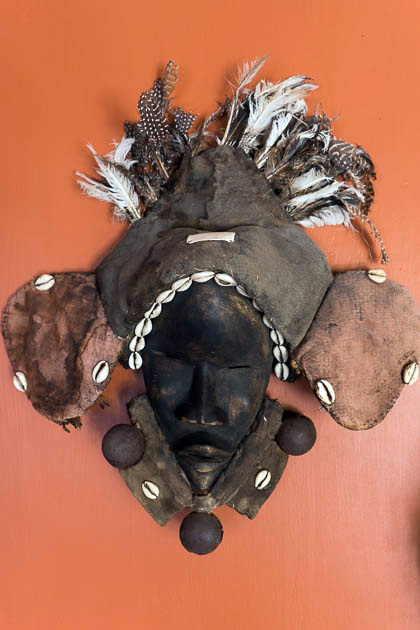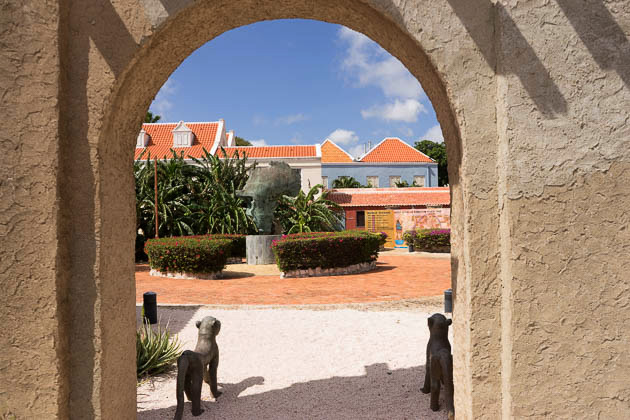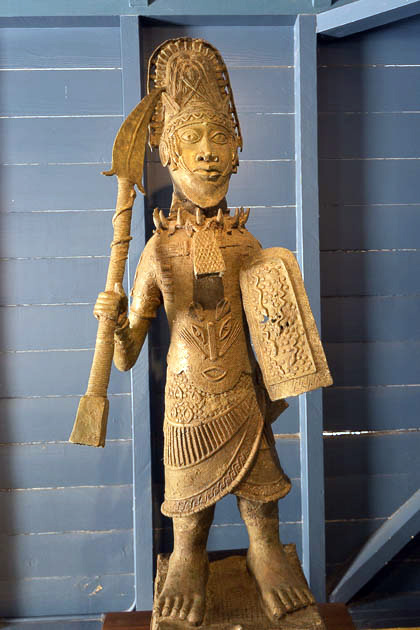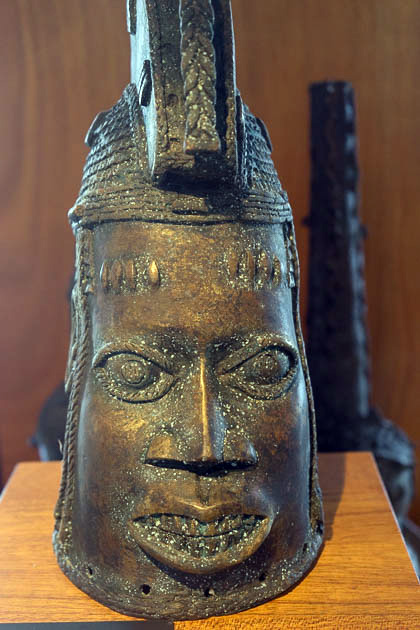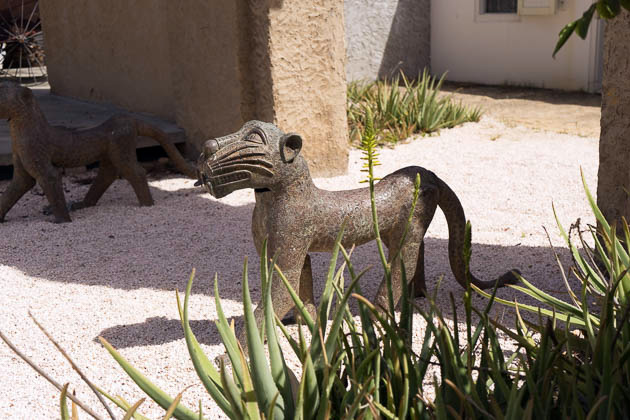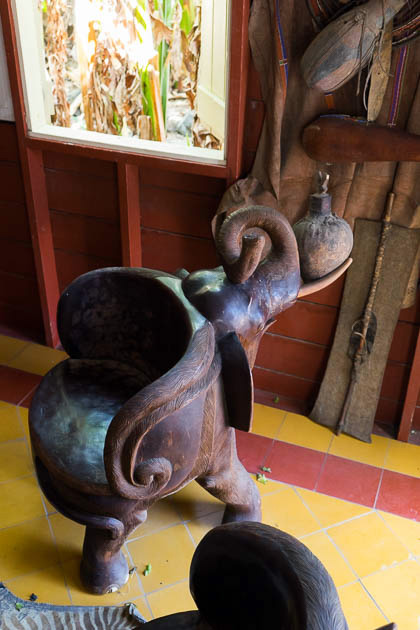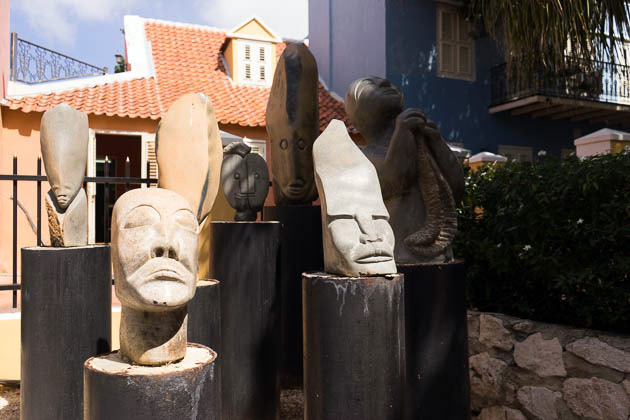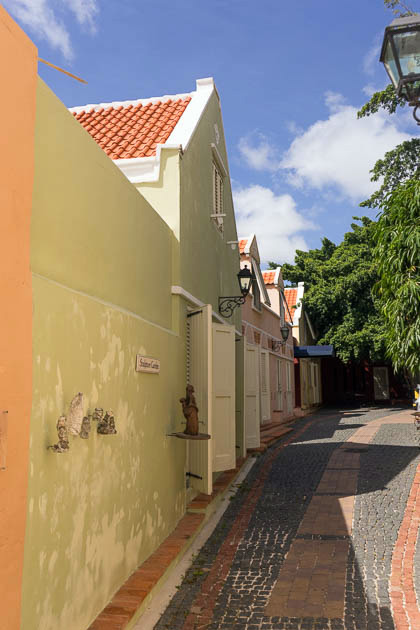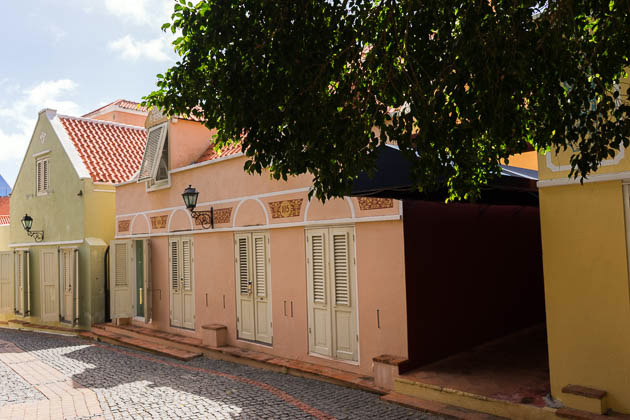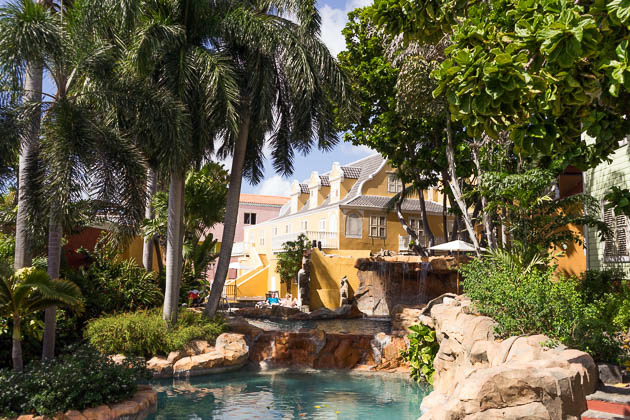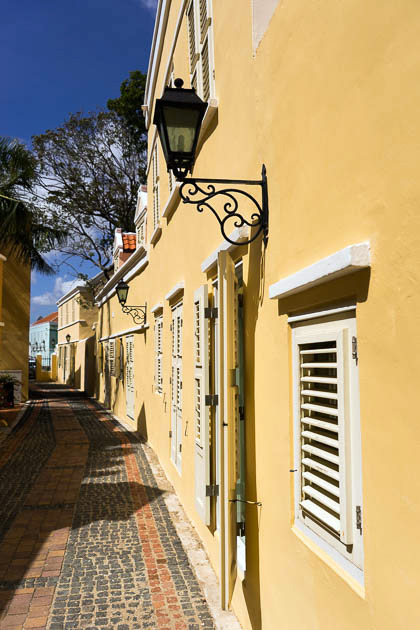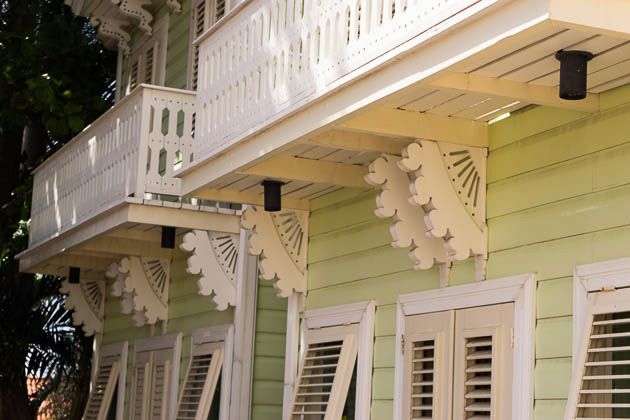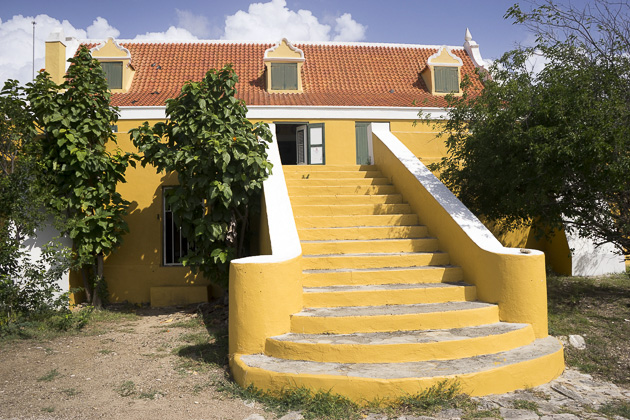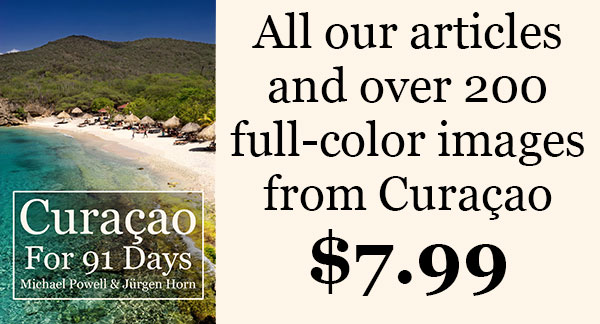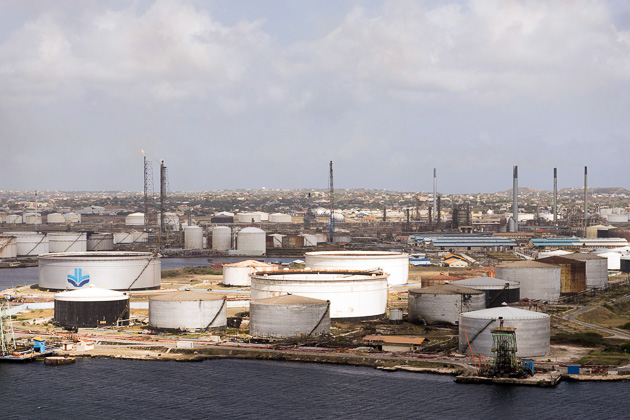The Kura Hulanda Museum
Found in the heart of Otrobanda, the Kura Hulanda is both a resort and an anthropological museum. Fifteen buildings house hundreds of cultural artifacts, with a focus on Africa and the Atlantic slave trade. It’s an impressive collection… especially when you learn that it’s privately owned by a single man.

The museum takes visitors on a journey from the earliest days of man, with exhibits on evolution and the lands of Abraham, through the horrors of slavery, and into the present day and modern African culture. There are archaeological artifacts from the Middle East, paintings and prints from the days of colonialism, bizarre wooden death masks from the Dogon Culture, and much more.

We spent most of our time in the rooms dedicated to the slave trade, reading harrowing tales of the transatlantic journey suffered by the people who had been kidnapped from countries like Benin and Ghana. The basement of one building has been transformed to resemble the hold of a slaving ship, where hundreds of men and women were packed in and chained up. It’s sickening to learn how the sick would simply be tossed overboard, or how they were given almost no nourishment or water for the three-month journey, or how families were torn apart. Ah, humanity… what the hell is wrong with us?
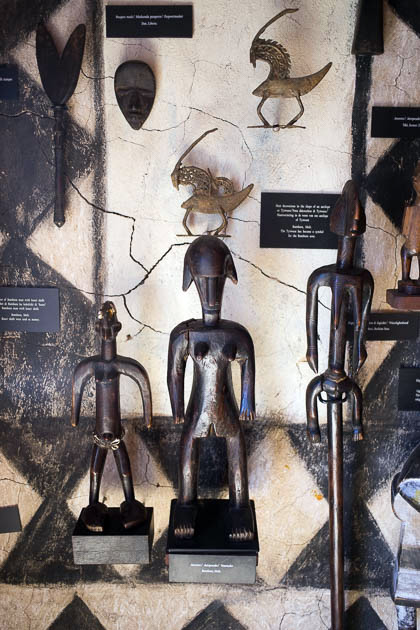
There’s a lot to see in this museum, and nearly all of it is worthwhile. I could have spent an hour in the room dedicated to great African kingdoms of the past, such as the ancient Ghana Empire and the powerful Mali with their great center of learning at Timbuktu. There are further halls dedicated to the bronze art of Benin, the former Dutch colony of Suriname and the rise of Islam across Africa.
After finishing up at the museum, we checked out the rest of the Kura Hulanda Lodge, which is a large and evidently expensive tourist resort, and we came away conflicted. This lodge occupies an entire block of Otrobanda, giving its guests a central, authentically Curaçaoan place to spend their holidays. The old, residential buildings are beautiful, and it’s great that they’ve been renovated and given new purpose; looking at photos, it’s shocking how they had been left to deteriorate.
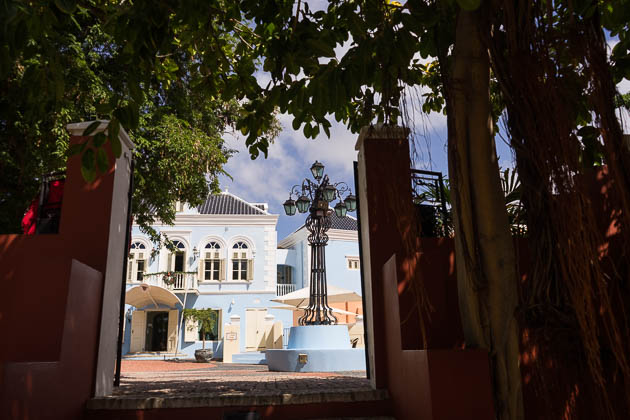
But these streets had been an once important part of Otrobanda, parallel to the main thoroughfare of Breedestraat, and a stone’s throw from the harbor. This had been a neighborhood where everyday folks lived and worked. Yes, it’s been renovated, but now it’s closed off to local traffic; an entire section of the most important zone in Otrobanda privately-owned and dedicated to tourism. We’d feel a lot better about the project, if the restored buildings had been sold back to regular folks. But I don’t suppose there would have been a lot of money in that.
Regardless of our feelings toward the lodge, we were impressed by the museum. It’s an astounding collection which manages to toe the line between entertaining and educational, and is worth the time and effort of visiting.
Kura Hulanda Museum – Website
